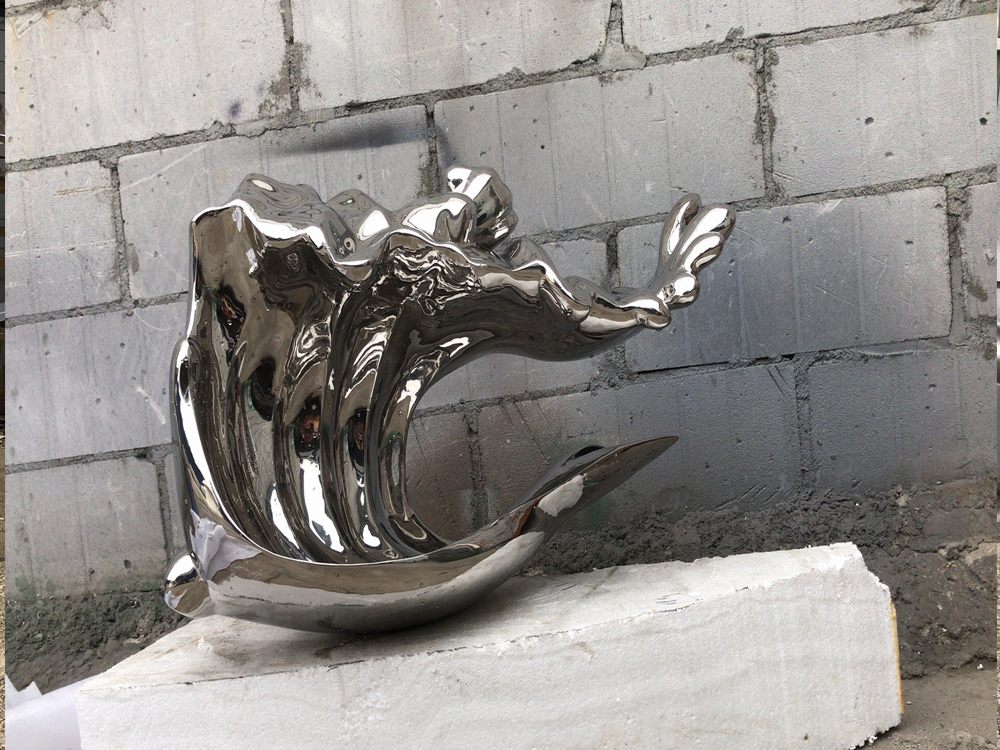
Bronze sculpture, as an ancient yet ever-evolving art form, serves as a fascinating intersection where local traditions meet global influences. Artists today navigate this delicate balance by drawing from deep cultural roots while embracing contemporary techniques and themes.
One key approach is the preservation of traditional craftsmanship. Many sculptors master age-old methods passed down through generations, such as lost-wax casting or hand-chasing details, ensuring their work remains grounded in local heritage. Yet, they simultaneously experiment with modern tools and materials to refine their processes and expand creative possibilities.
Thematic fusion represents another strategy. Artists often incorporate indigenous symbols, myths, or historical narratives into their bronze works while addressing universal human experiences. This dual-layered storytelling resonates with both local communities and international audiences, creating art that feels simultaneously familiar and innovative.
Material innovation also plays a crucial role. While respecting traditional bronze alloys, contemporary sculptors might blend them with unconventional elements or finishes that reflect global artistic trends. This technical hybridization mirrors the cultural synthesis occurring in their creative visions.
Cross-cultural collaboration has become increasingly significant. Many bronze artists now participate in international residencies or joint projects, exchanging skills and perspectives that enrich their practice while maintaining distinct regional identities in their work.
Ultimately, successful balance emerges not from compromise but from thoughtful integration. The most compelling bronze sculptures today honor their cultural origins while engaging in global artistic dialogues, proving that tradition and innovation can coexist beautifully in three-dimensional form. This dynamic equilibrium ensures bronze sculpture remains both culturally significant and universally relevant in our interconnected world.

